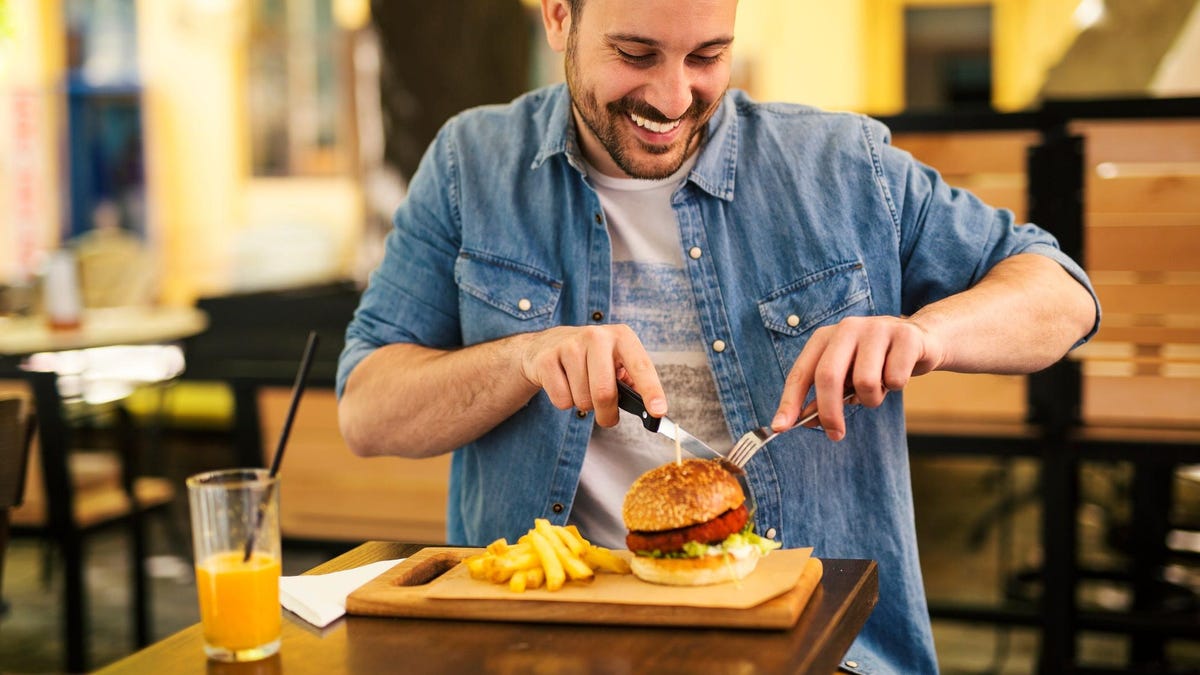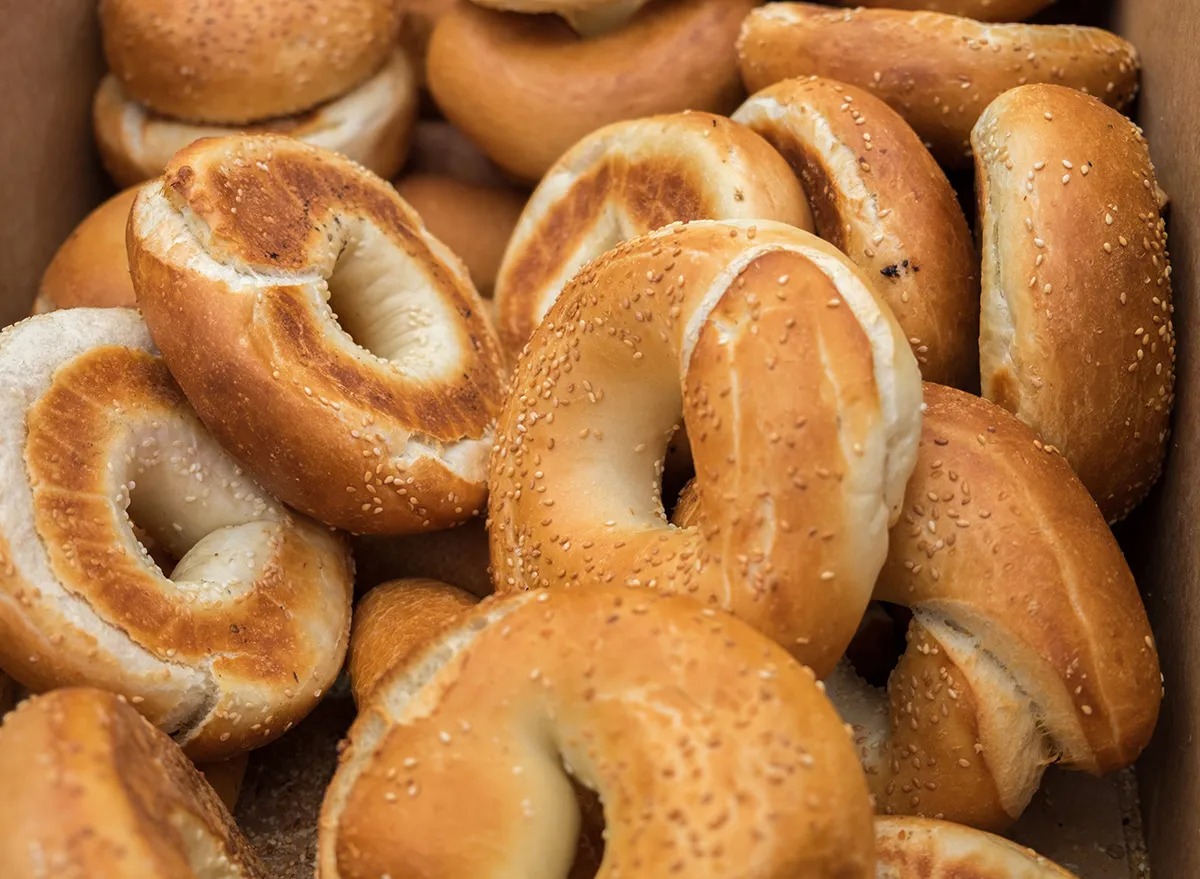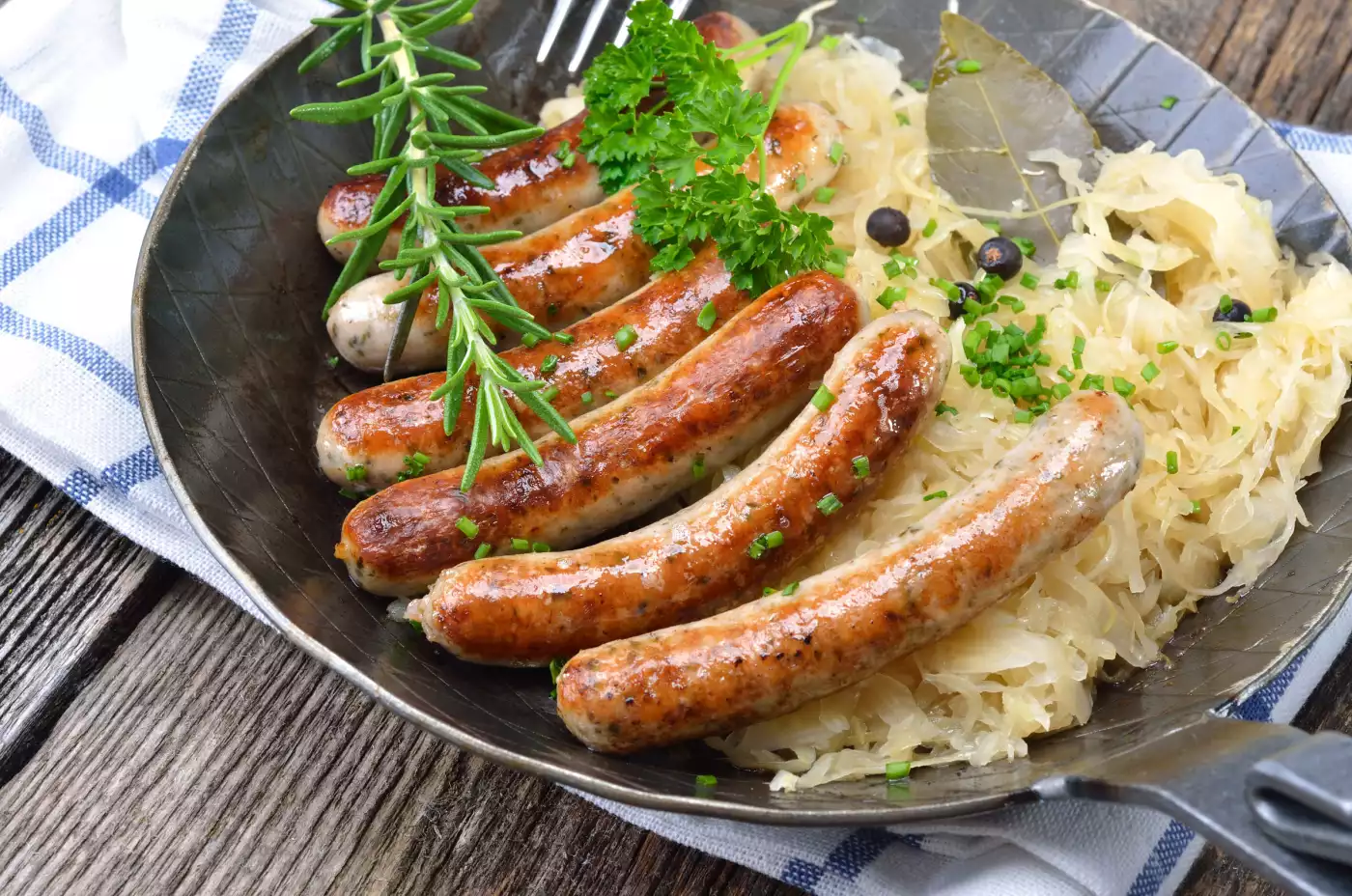Learning to Eat Again After Anorexia
Recovering from anorexia is a challenging journey, and one of the most crucial steps in the recovery process is learning how to eat again. After a period of severe food restriction, it can be daunting to reintroduce regular meals and snacks into your daily routine. However, with the right guidance and support, it is possible to rebuild a healthy relationship with food and nourish your body back to health.
Here are some tips to help you navigate the process of eating again after anorexia:
- Seek Professional Help: It’s important to work with a team of healthcare professionals, including a therapist, nutritionist, and doctor, who specialize in eating disorder recovery. They can provide personalized guidance and support as you reintroduce food into your life.
- Start Slowly: Begin by adding small, balanced meals and snacks to your daily routine. This gradual approach can help your body adjust to regular eating patterns without feeling overwhelmed.
- Challenge Fear Foods: Anorexia often creates fear around certain foods. Challenge yourself to incorporate these foods back into your diet in a safe and supported manner. Over time, this can help diminish the anxiety associated with eating them.
- Practice Mindful Eating: Pay attention to your body’s hunger and fullness cues. Mindful eating can help you reconnect with your body’s natural signals and develop a more intuitive approach to nourishing yourself.
- Build a Support System: Surround yourself with supportive and understanding individuals who can encourage and reassure you as you navigate the challenges of reintroducing food into your life.
- Focus on Nutrient-Dense Foods: Choose foods that are rich in essential nutrients to support your body’s healing and recovery. Incorporating a variety of fruits, vegetables, whole grains, lean proteins, and healthy fats can help replenish your body’s nutritional stores.
- Be Patient and Kind to Yourself: Recovery takes time, and setbacks are a natural part of the process. Be patient with yourself and practice self-compassion as you work towards rebuilding a healthy relationship with food.
Remember, the journey to eating again after anorexia is unique to each individual. What works for one person may not work for another. It’s important to listen to your body, seek professional guidance, and approach the process with patience and self-compassion.
Recovering from anorexia is a courageous and transformative journey, and learning to eat again is a significant milestone on the path to healing. With the right support and a commitment to self-care, it is possible to rebuild a positive and nourishing relationship with food.











